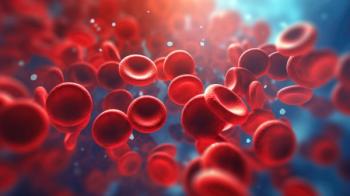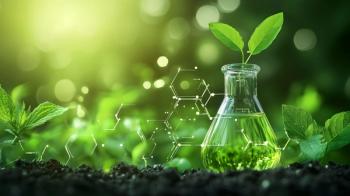
Woven with Color: Chromatographic and Spectroscopic Analysis of Dyes in Museum Textiles
This Wednesday afternoon session was organized by Gregory D. Smith of the Indianapolis Museum of Art at Newfields and covers the latest chromatographic, mass spectrometric, and spectroscopic methods of analyzing natural and synthetic dyes in museum textiles to determine the dye sources, technology, history, and condition of these artifacts.
Session 1480
Room 207A
1:30–4:25 p.m.
This Wednesday afternoon session was organized by Gregory D. Smith of the Indianapolis Museum of Art at Newfields and covers the latest chromatographic, mass spectrometric, and spectroscopic methods of analyzing natural and synthetic dyes in museum textiles to determine the dye sources, technology, history, and condition of these artifacts.
The session will begin with a presentation by Gregory D. Smith and is titled “An Indigo We Didn’t Know: Characterization and First Identification of 5,5’-Dibromoindigo Dye in a Japanese Yukata.” Smith will discuss the first identification in a museum context of the unusual synthetic brominated analog of indigo, which was discovered on two mid-20th century Japanese yukata (light cotton kimono). The techniques used in the study include LC–MS, UV–vis spectroscopy, Raman microspectroscopy, FT-IR spectroscopy, and X-ray fluorescence spectroscopy.
The next presentation in the session is titled “Identification of Yellow Plant Dyes in Ancient Textiles Using HPLC–DAD–MS” and will be delivered by Richard Laursen of Boston University. Laursen will describe the analysis of yellow dye–producing plants using HPLC with diode array and mass detection, which allowed his group to characterize each component by retention time, electronic spectrum, and molecular mass.
Federica Pozzi of the Metropolitan Museum of Art will present the next talk, titled “Surface-Enhanced Raman Spectroscopy for the Identification of Textile Dyes.” This presentation will discuss how SERS has been used in the analysis of organic colorants in the cultural heritage field that have been associated with dyed textiles. She will present case studies of colorants used in embroidered textile art from Russia and in 19th century Navajo blankets.
After a short recess, the next presentation will be given by Nelson R. Vinueza of North Carolina State University and is titled “Weaver’s Historic Collection of Synthetic Dyes: A Mass Spectrometry and a Chemometrics Approach.” Vinueza will discuss the possibility of compiling a chemometrics dye database based on a collection of ~98,000 synthetic dyes donated by Eastman Chemical Company to the College of Textiles at North Carolina State University. He will also describe tandem MS experiments that have allowed his group to create a mass spectra database for identification of unknown colorants and chromophores in dye molecules.
The final presentation in the session is scheduled to be given by Jennifer Poulin of the Canadian Conservation Institute and is titled “Color and Context: The Analysis of Dyed Museum Objects Using Gas Chromatography–Mass Spectrometry.” This presentation will provide an overview of the methodology used and will discuss the compounds identified through the use of a derivatizing agent with reference materials and samples from historical objects.
Newsletter
Join the global community of analytical scientists who trust LCGC for insights on the latest techniques, trends, and expert solutions in chromatography.




